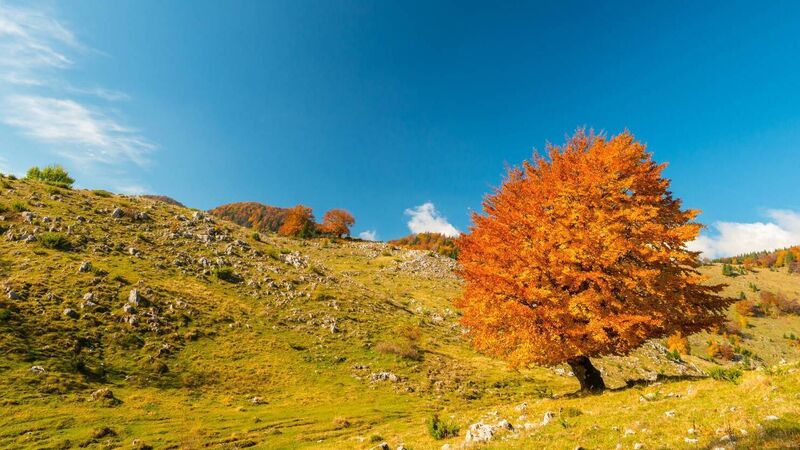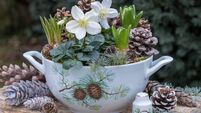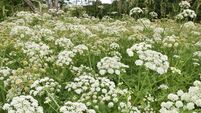Peter Dowdall: Compost turns fallen leaves from what we once called rubbish into riches

In the wild, once the autumn leaves have fallen, no one gathers them up or hauls them away; they're left to settle and return to the soil. File picture
I love the autumn. The colours changing, the air cooling, the garden softening. There’s a gentleness about it, a sense that the hustle and bustle of summer is giving way to a slower, more reflective tempo in the garden in the landscape and in life in general.
Recently, I was driving with my daughter, and I was drawing her attention to the stunning foliage colours of the trees ahead. “Look at that, aren’t those colours just amazing?” I said, reminding myself of my own parents. Then, she replied, “Yes, the colours are lovely, Dad, but I don’t like it. It means all the leaves are dying.”












